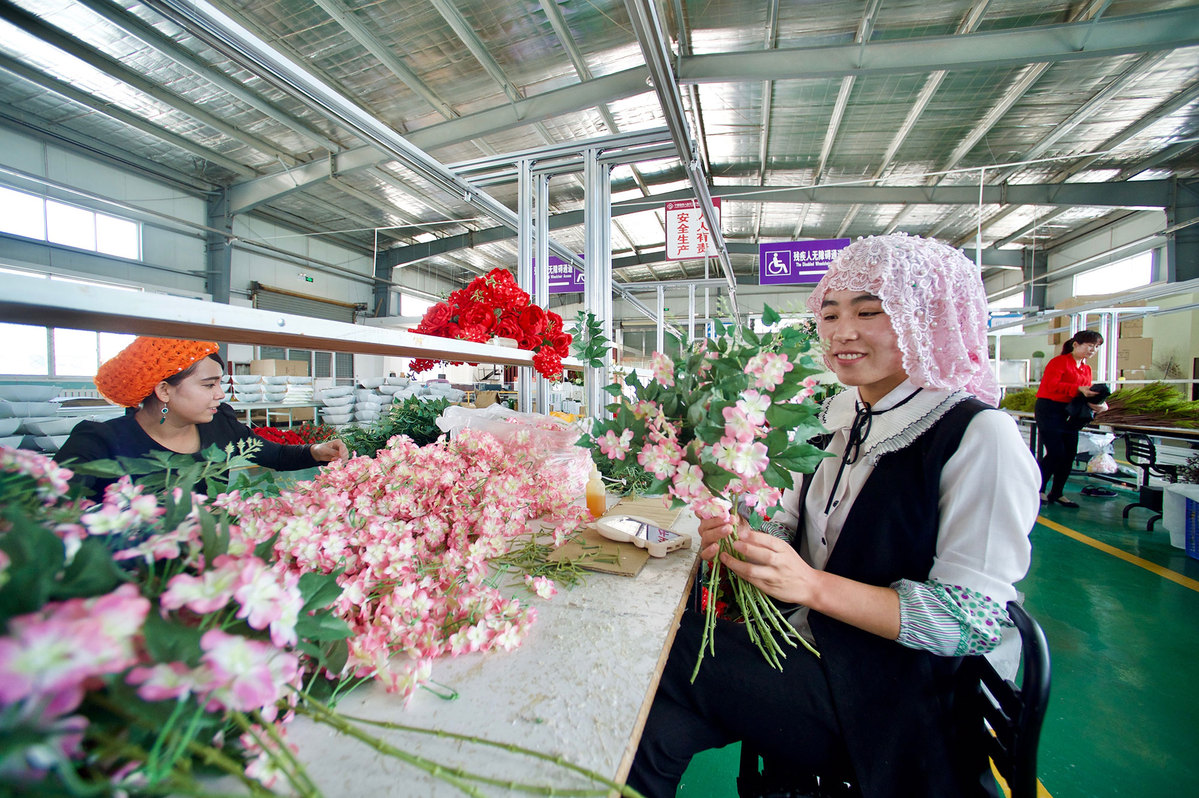Environmental migrants find arable land, jobs


More than 1 million seek better lives in Ningxia
Resettlement of residents from less-developed mountainous southern areas of the Ningxia Hui autonomous region to its northern plains, where more groundwater is available, has taken place in waves over the past three decades.
Some researchers consider this population, totaling more than 1 million, to be one of the world's largest groups of environmental migrants.
Their numbers have been tallied since the early 1980s, when a program to tackle poverty was launched, government data showed.
Some residents in Minning, a resettlement zone on the outskirts of the regional capital Yinchuan, now spend their time working in greenhouses, or dapeng (which translates as "big tent"), as the government looks to employ such migrants to increase agricultural productivity in Ningxia.
Many of those who have been resettled once lived in cave dwellings, primitive yet environmentally friendly housing that is little more than a tourist attraction today.
In 2017, Ma Xiuwen, who manages a greenhouse where a local variety of watermelon is grown, along with tomatoes and cucumbers, relocated to Minning from Xiji, one of the five counties worst affected by the scarcity of water in Ningxia.
"The water problem aside, the standard of living is low and there is not enough work to earn a living," Ma, 36, said of Xiji.
























